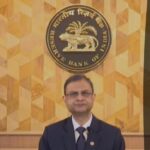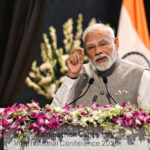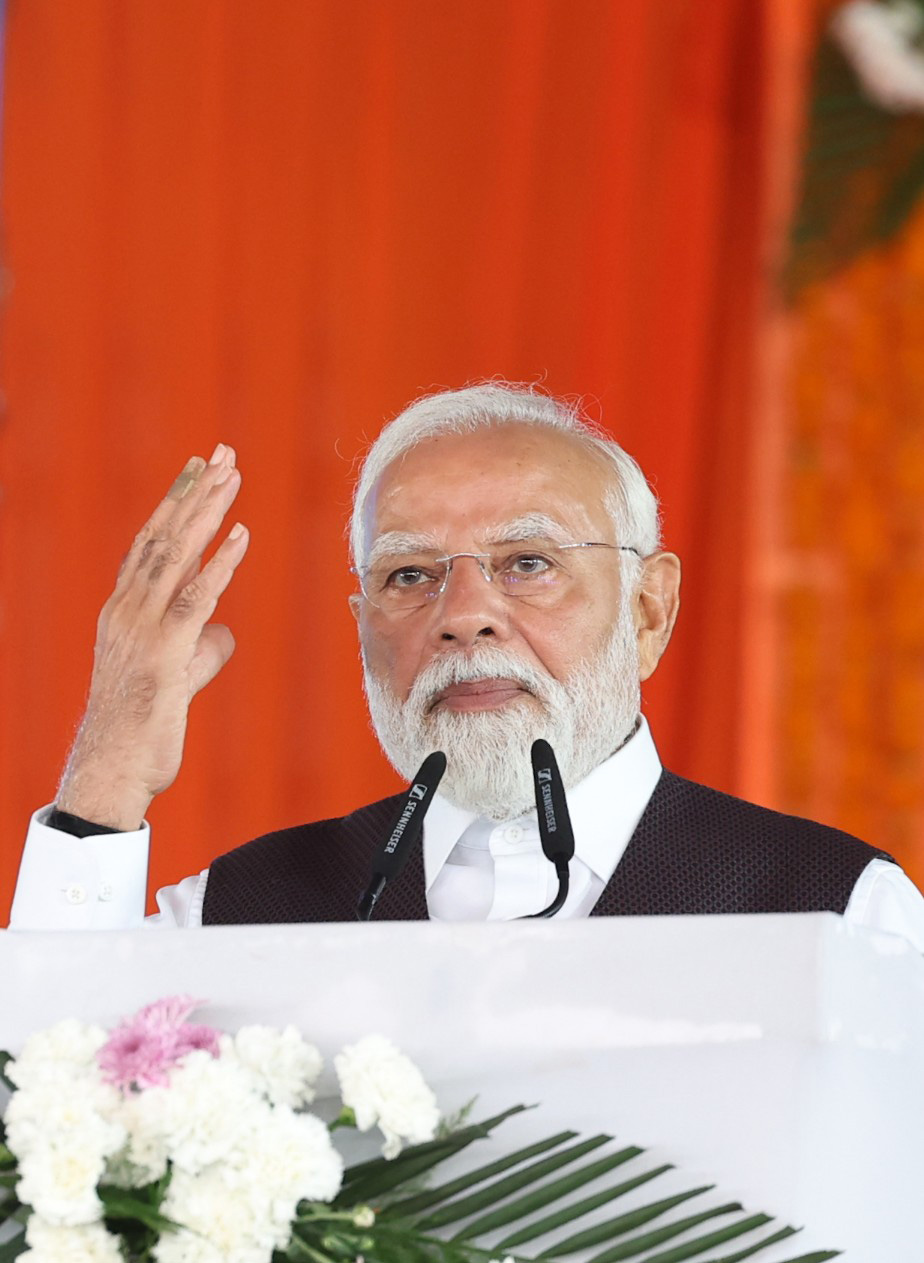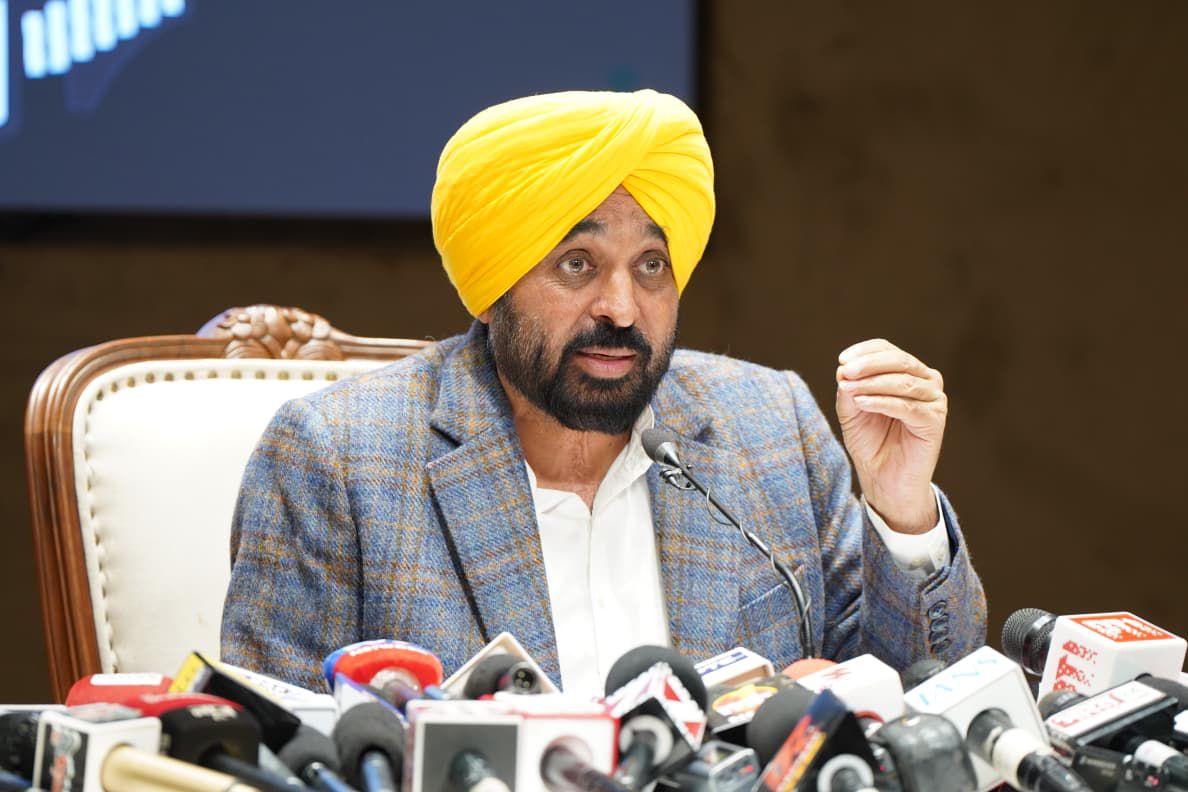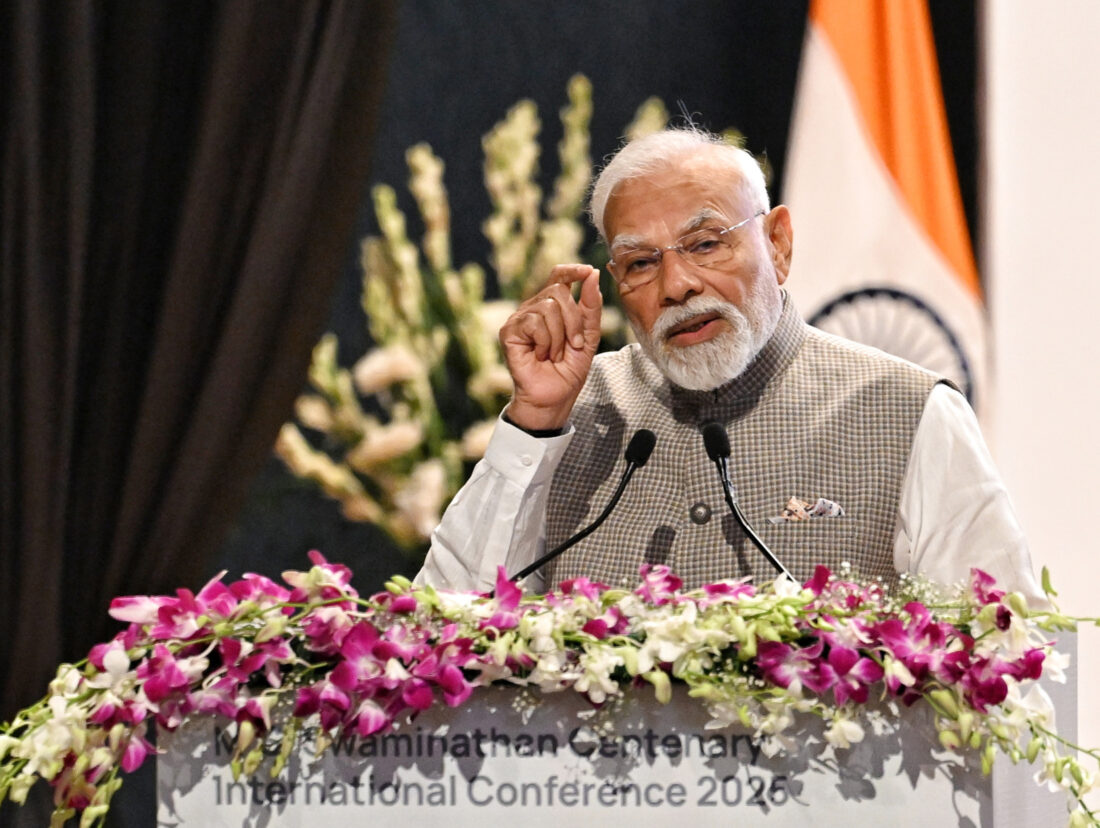The North News
New Delhi, July 1
Prime Minister Narendra Modi on Tuesday said that Digital India has evolved from an ambitious policy plan to a mass movement that is reshaping governance, education, commerce and public service delivery. “When the intent is right, innovation empowers the less empowered,” he noted, adding that inclusive technology had the power to uplift lives at the margins.
In a LinkedIn article penned by him and titled ‘A Decade of Digital India’, Prime Minister Narendra Modi reflected on the country’s digital transformation over the past ten years. Sharing his thoughts today, he described how India embarked on a “bold journey into uncharted territory” in 2014, driven by a deep trust in technology and the capacity of its citizens to embrace it.
“While decades were spent doubting Indians’ ability to use technology, we changed that mindset,” Modi wrote. “We used technology not to deepen divides, but to bridge them.”
Back in 2014, Modi noted, internet access was limited and digital literacy was low. India had just 250 million internet connections then. Today, the number stands at over 970 million. India has also laid more than 420,000 kilometres of optical fibre cable—equivalent to 11 times the distance between Earth and the Moon—bringing high-speed internet to remote areas, including Galwan, Siachen and Ladakh. India’s 5G rollout, Modi wrote, is now among the fastest globally, with nearly half a million base stations installed within two years.
The Prime Minister credited the India Stack—a set of interoperable digital public platforms—for revolutionising how Indians transact, identify themselves, and access services. Unified Payments Interface (UPI), one of its most successful components, processes over 100 billion transactions annually. India now handles nearly half of all real-time digital transactions globally.
Direct Benefit Transfer (DBT) mechanisms have moved ₹44 lakh crore directly to citizens’ bank accounts, eliminating middlemen and saving over ₹3.48 lakh crore in leakages, he added. Schemes like SVAMITVA have digitally mapped 647,000 villages and issued over 24 million property cards, helping resolve long-standing land disputes.
Digital commerce platforms like ONDC (Open Network for Digital Commerce) and GeM (Government e-Marketplace) are democratising access for small businesses and artisans.
ONDC has facilitated over 200 million transactions, including orders from Banarasi weavers and Nagaland’s bamboo artisans. The GeM platform has achieved ₹1 lakh crore in gross merchandise value in just 50 days, with 1.8 lakh women-led MSMEs fulfilling ₹46,000 crore worth of orders.
“Imagine applying for a Mudra loan online, getting your credit checked through an account aggregator, starting a venture, and selling to hospitals via GeM and scaling through ONDC,” Modi wrote.
India’s digital public infrastructure—including Aadhaar, CoWIN, DigiLocker, and FASTag—is now being studied and replicated worldwide. The CoWIN platform enabled the world’s largest COVID-19 vaccination drive, issuing over 2.2 billion QR-coded certificates.
Through its G20 presidency, India launched a global DPI repository and a $25 million Social Impact Fund to help developing nations build inclusive digital ecosystems.
India is also making a major push in artificial intelligence. With over 180,000 startups, the country now ranks among the top three global ecosystems for entrepreneurship.
Under the $1.2 billion India AI Mission, India has enabled access to 34,000 GPUs at globally competitive rates, and is building Centres of Excellence across the country. Modi said India’s approach to AI is “humanity-first”, citing the New Delhi Declaration on AI.
Looking ahead, Modi said the coming decade would be “even more transformative” as India shifts from digital governance to digital leadership.
“Digital India has not remained a mere government programme—it has become a people’s movement,” he wrote. In a message to entrepreneurs and innovators, he concluded: “Let us build what empowers. Let us solve what truly matters. Let us lead with technology that unites, includes and uplifts.”




